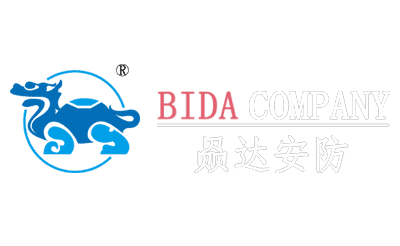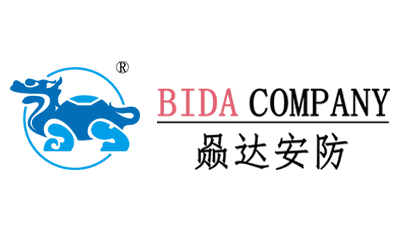Synthetic lawns, commonly known as artificial grass or turf, are engineered to replicate the appearance and feel of natural grass while offering reduced maintenance and water usage. They are widely used in residential yards, commercial landscapes, sports fields, and playgrounds.
Benefits of Synthetic Lawns:
Low Maintenance: Artificial grass eliminates the need for mowing, fertilizing, and watering, significantly reducing upkeep efforts.
Water Conservation: By removing the need for irrigation, synthetic lawns help conserve water resources.
Durability: Designed to withstand heavy foot traffic and various weather conditions, artificial grass maintains its appearance over time.
Pet-Friendly: Synthetic lawns are safe for pets and can be easily cleaned, making them ideal for pet owners.
Considerations:
Environmental Impact: The production and disposal of synthetic turf involve materials like plastics and infill substances, which can have environmental implications. Recent studies have raised concerns about the potential leaching of chemicals from artificial turf, especially under high temperatures.
Cost: The initial installation of artificial grass can be more expensive than natural grass, though it may lead to savings over time due to reduced maintenance and water costs.
Heat Retention: Artificial turf can absorb and retain heat, leading to higher surface temperatures compared to natural grass, which may be uncomfortable during hot weather.
Installation Process:
Site Preparation: Remove existing grass and debris, and level the ground to ensure proper drainage.
Base Layer: Install a base layer of crushed stone or gravel to provide stability and facilitate drainage.
Weed Barrier: Lay down a weed-resistant fabric to prevent weed growth beneath the turf.
Turf Installation: Roll out the artificial grass, ensuring seams are properly aligned and secured.
Infill Application: Apply an appropriate infill material to support the turf fibers and enhance durability.
Brushing: Brush the turf to lift the fibers and achieve a natural look.
Maintenance Tips:
Regular Cleaning: Remove debris such as leaves and branches to maintain the turf’s appearance.
Rinsing: Occasionally rinse the turf to remove dust and pet odors.
Brush the Turf: Periodically brush the fibers to keep them upright and looking natural.
Check for Damage: Inspect the turf for any signs of wear or damage and address them promptly.


